My piano studio is officially up and running and I have nine students enrolled for the fall. I have quite a spread at the moment with students ranging from age 5 to retired adult. I am also teaching seven students and staff members at Fitchburg State University. It’s a wonderful opportunity to teach at so many different levels but I must confess, Kindergarten and 1st Grade is still my favorite age.
Yesterday, I had a lesson with 5-year-old Lily.
With a head full of curls and always decked out in the latest fashion, Lily is bright-eyed and full of energy. As such, we started our piano lesson with “warm-ups” a.k.a “get the wiggles out before you sit down on the bench.” We wiggled our arms, we bobbed our wrists, and we wiggled all of our fingers (what a great way to promote large-body movements to fine motor skills and relaxation – something we all should practice!).
We spent the beginning of the lesson reviewing the pieces we started last week: chanting the texts while keeping a steady beat (for the following piece I used an imaginary oar as a variation of the arm swing), tapping the rhythm on the keyboard cover, singing, and looking for musical patterns.
Crossing the lake in a canoe,
Paddling along enjoying the view!
“What do you see when you’re paddling across the lake?” “Umm,” Lily said, cocking her head to one side. “I see some trees, and a blue sky… and some clouds, and – this is silly.” “What is it?” I prodded. “A bread-tree,” she replied, matter-of-factly. What is a bread-tree, you might ask? In Lily’s words, “It’s a tree with slices of bread on it!” What an imagination! If only we could look at the world through the eyes of a five-year-old every once in a while.
The second half of the lesson was spent on new material: We walked in place (keeping a steady beat while chanting the text), swung our arms, tapped our hands, and identified the starting hand position. After demonstrating the beginning of the piece, I said, “Can you copy me? Do you have it in your head?”
Immediately, Lily’s facial expression changed and I knew this was a concept difficult for her to grasp. Think about the question literally – imagine the notes swirling around or maybe the printed page crumpled up in your head. Quick – improvise!
“It’s not in your head? Well, open it up (pretending to open a door into the top of my head) and put it in!” She quickly copied my motions, smiling. I knew she had heard me play the piece and we had spoken the text in rhythm several times as preparation. Once we overcame this intangible gap, she played the piece just fine.
I learn so much about myself as a teacher in these kinds of lessons. I can’t help but come home beside myself with excitement and eager to share my creative experiences with Steve – it’s the five-year-old in me.









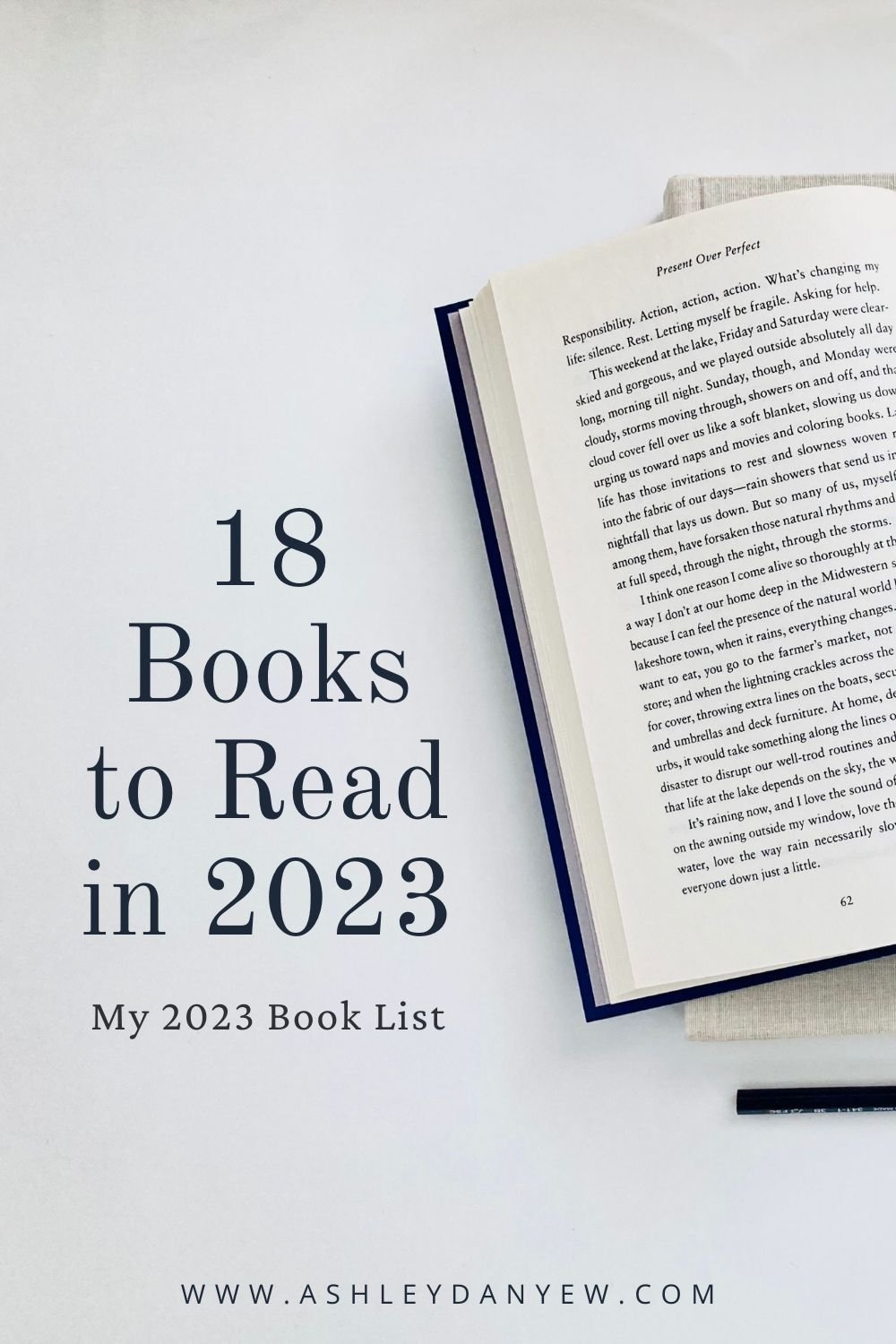



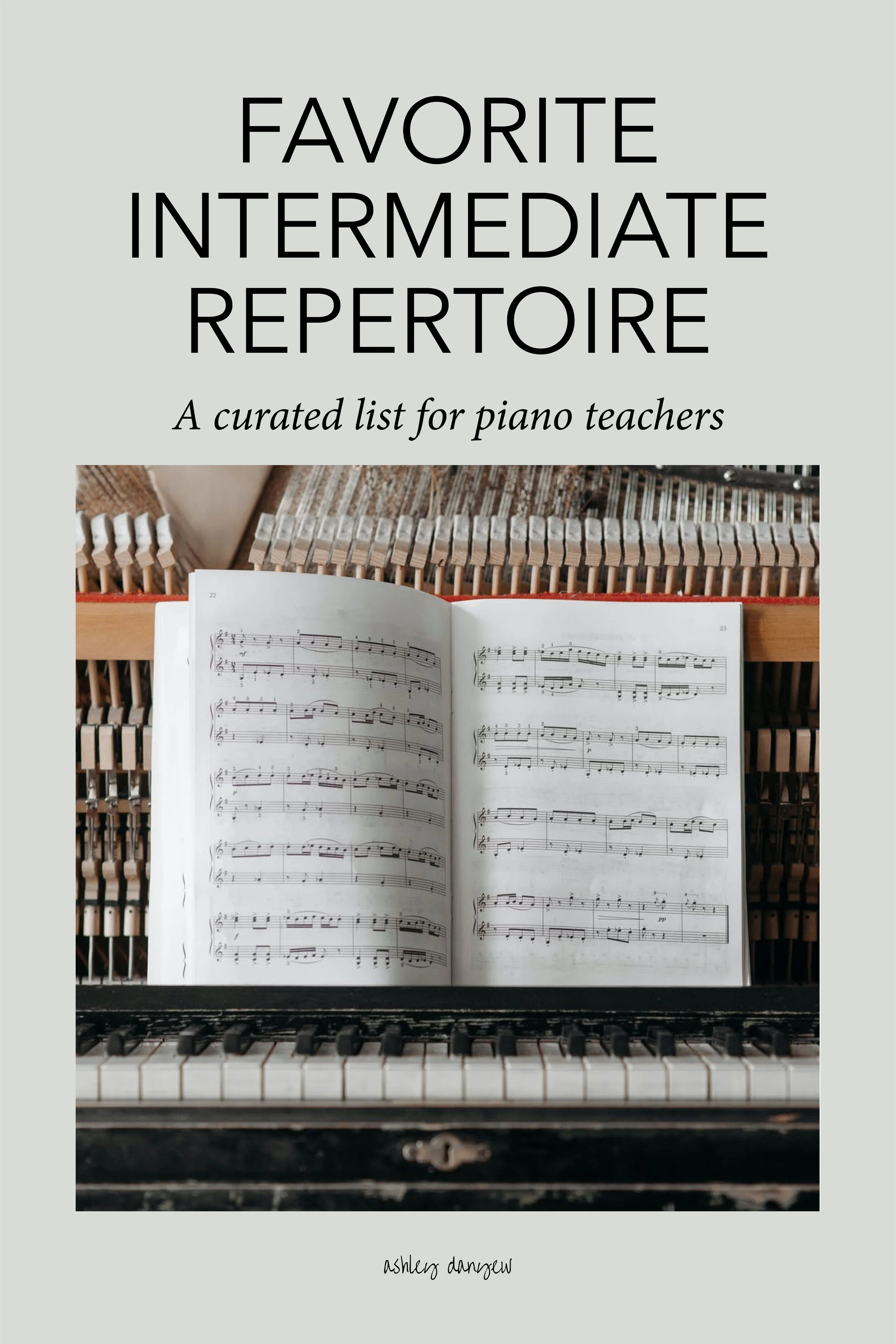
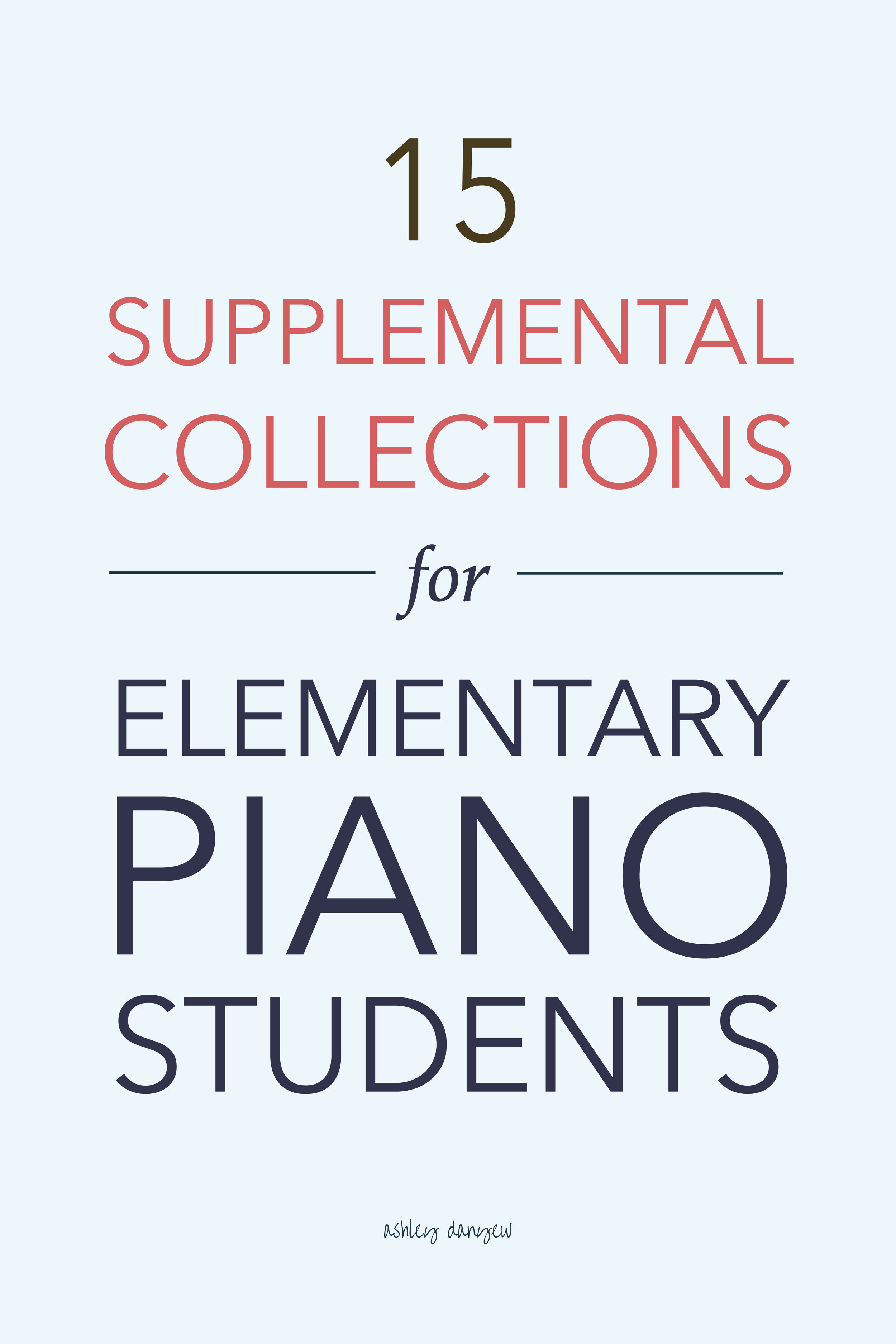

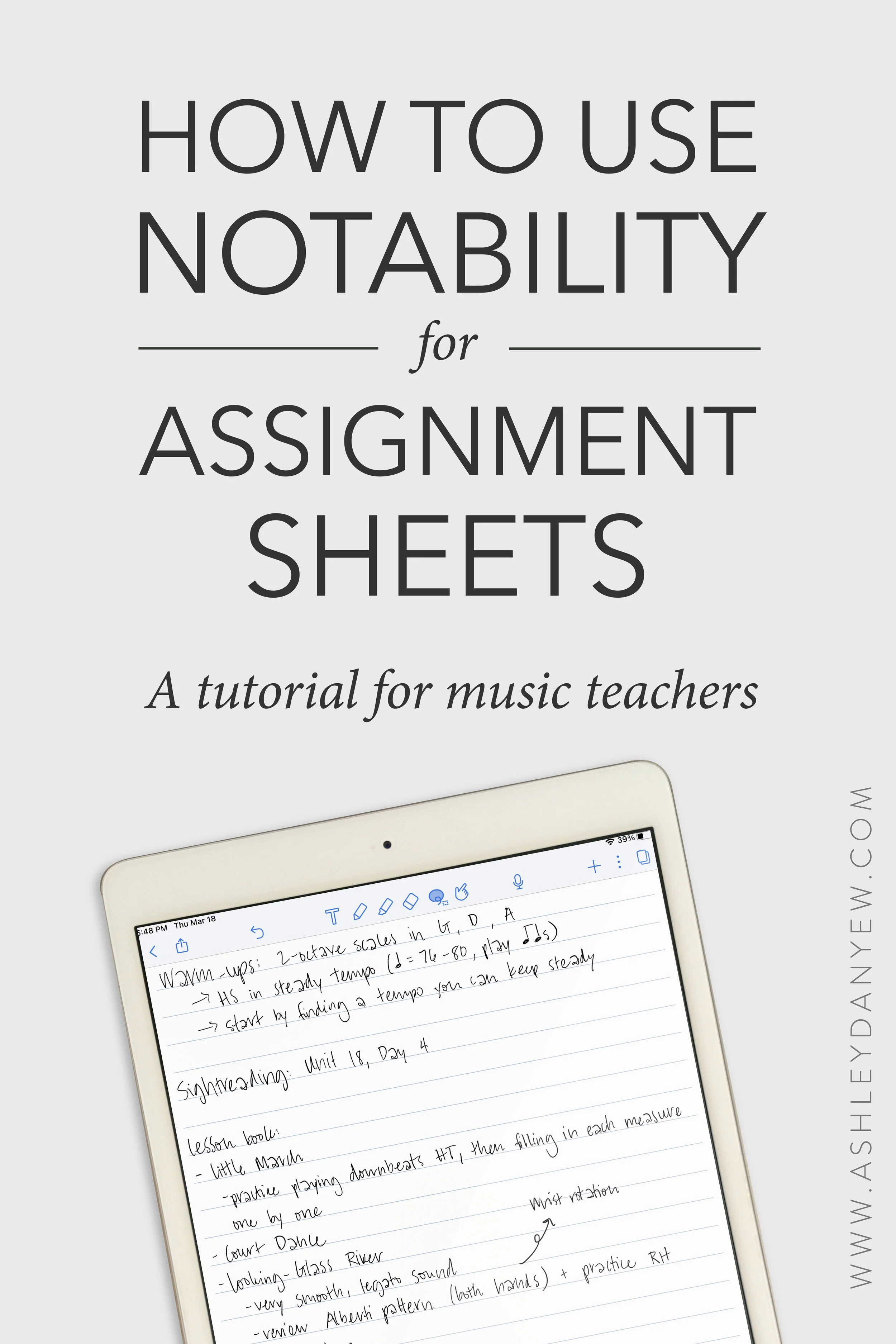
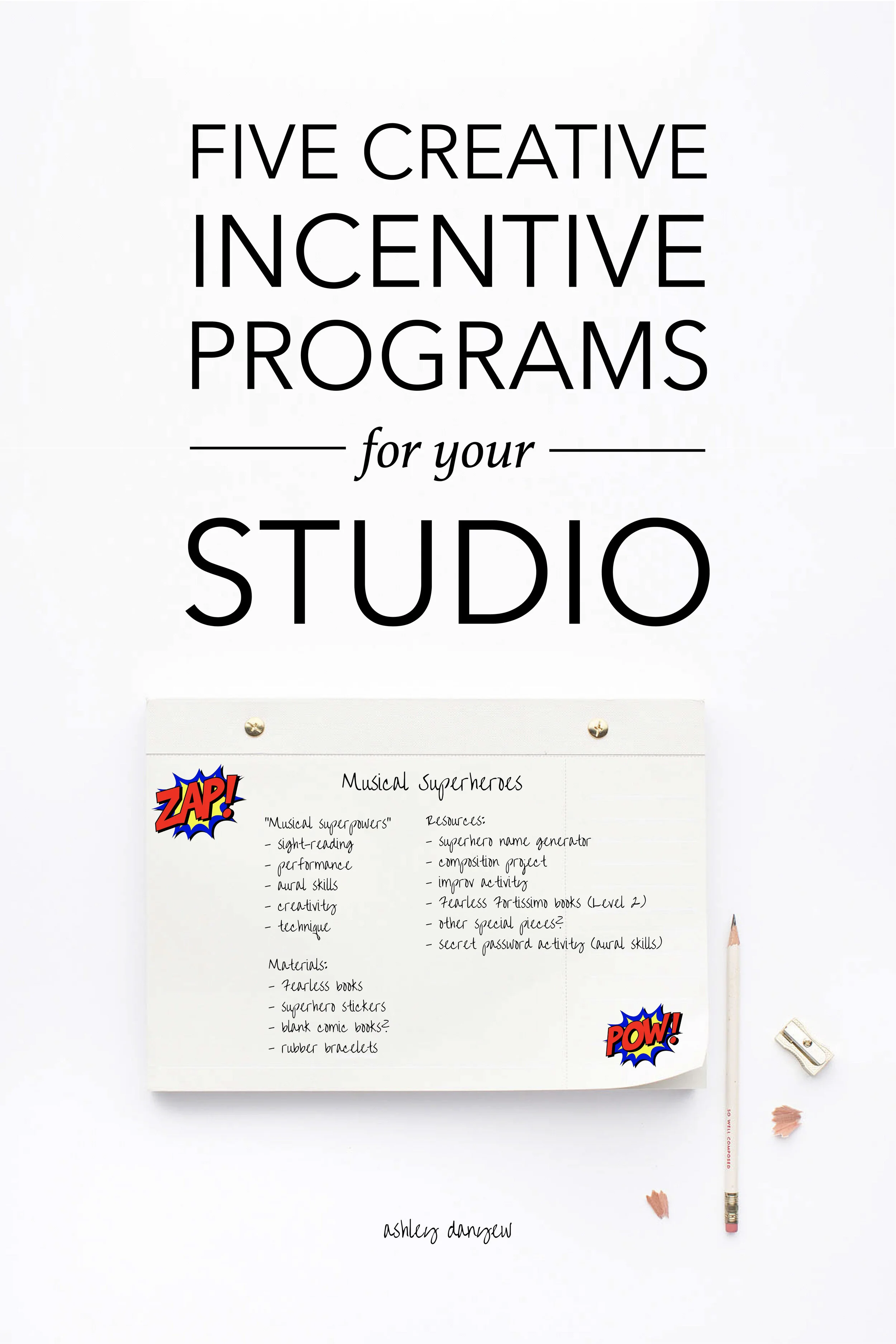


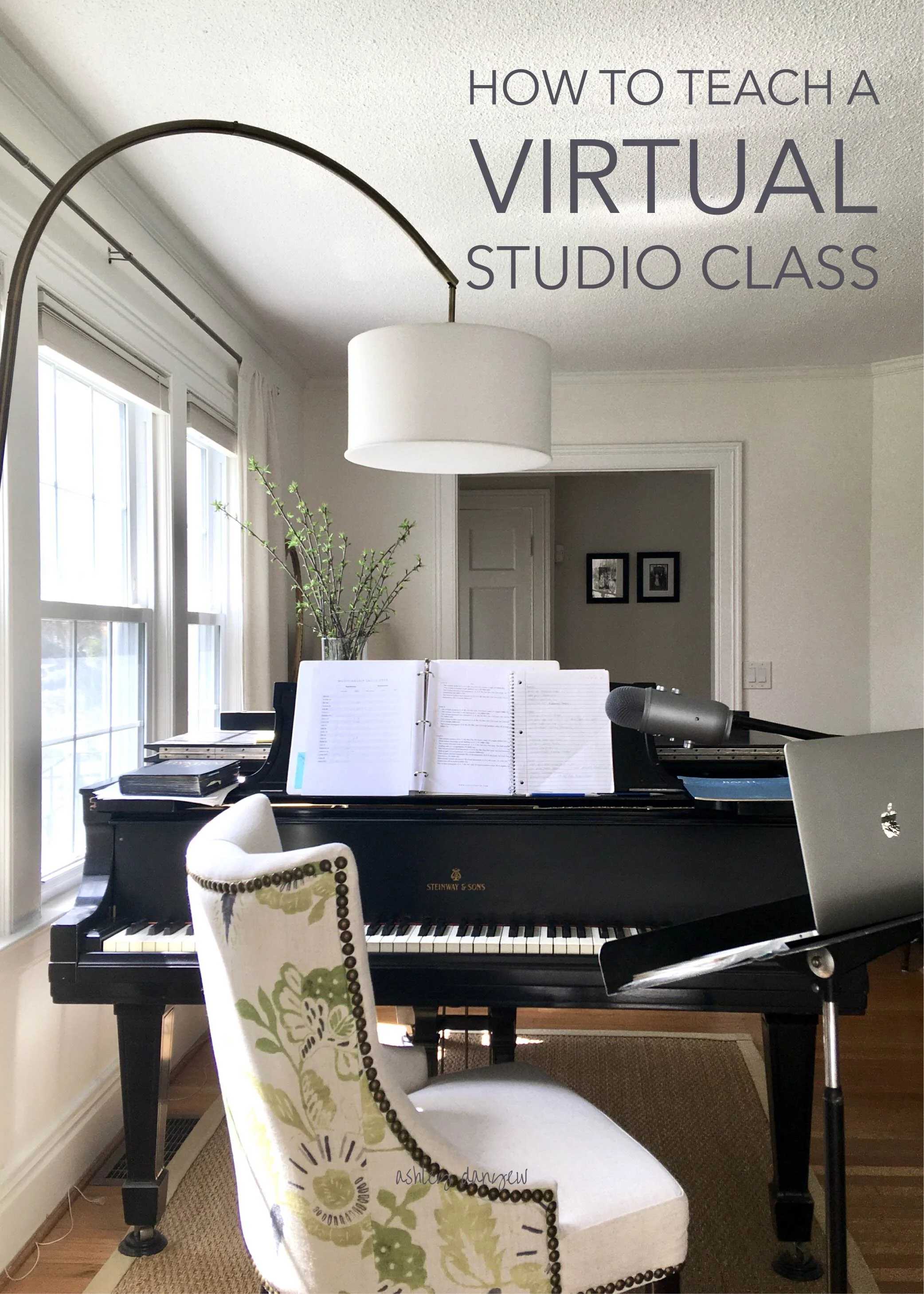
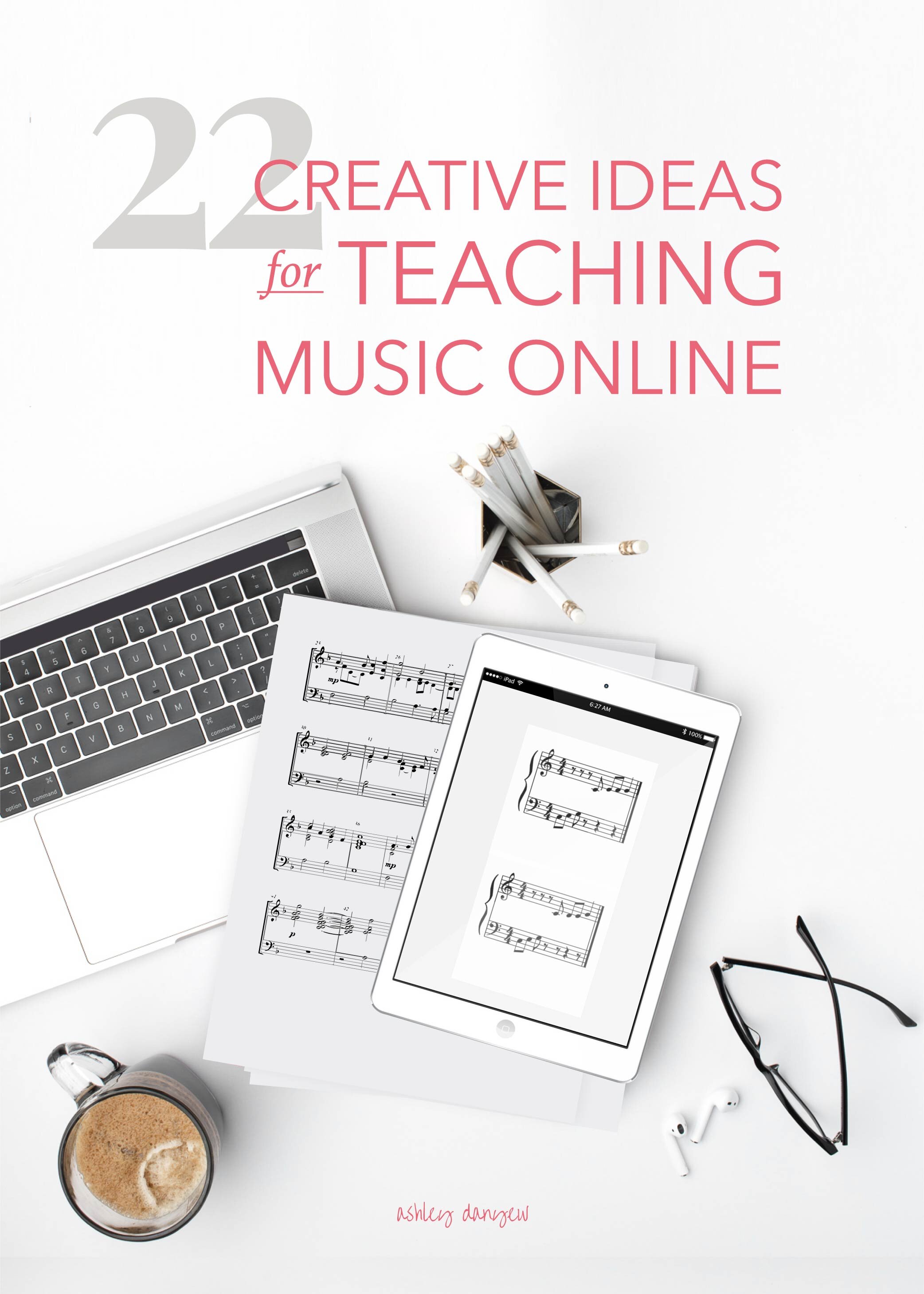
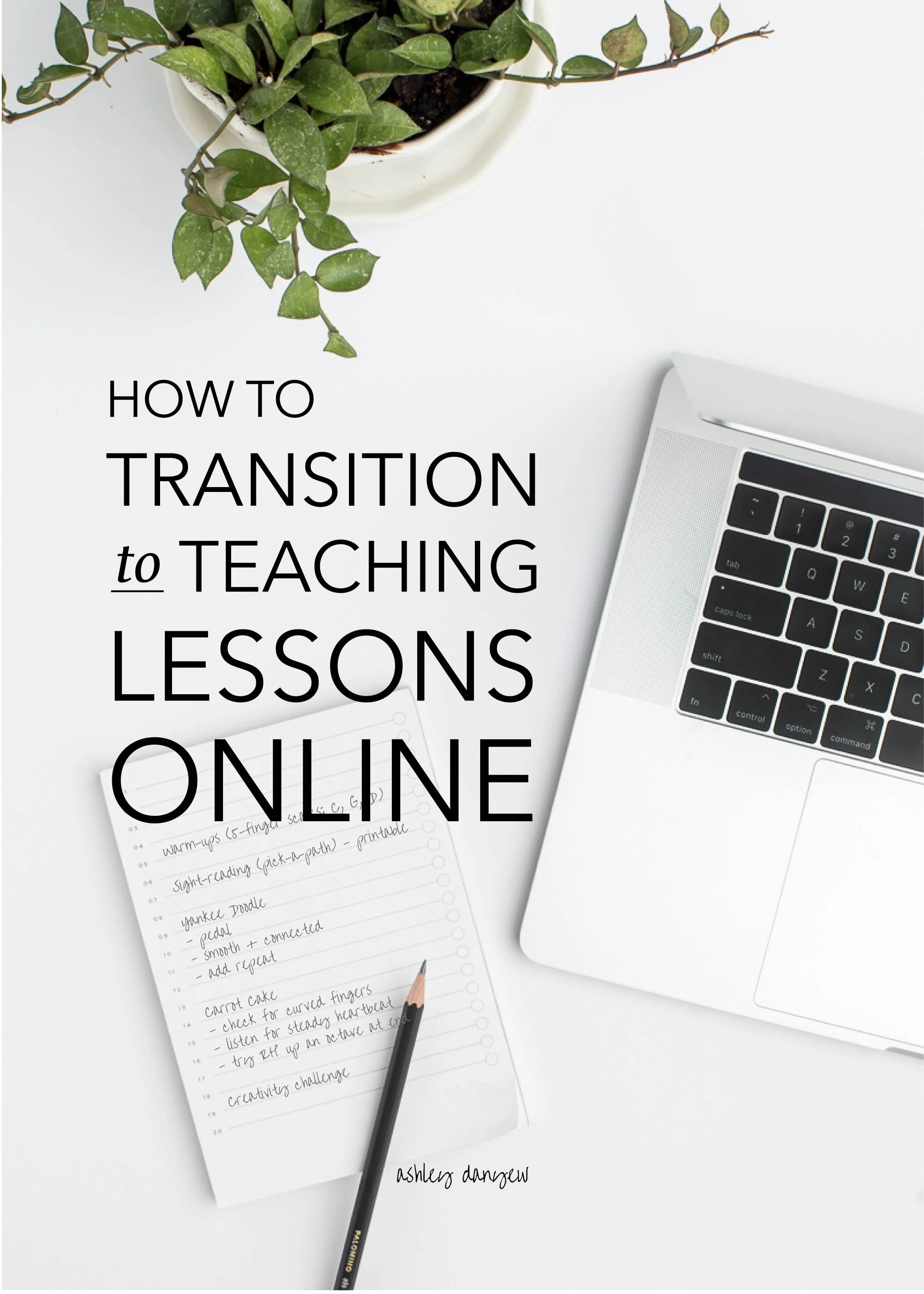









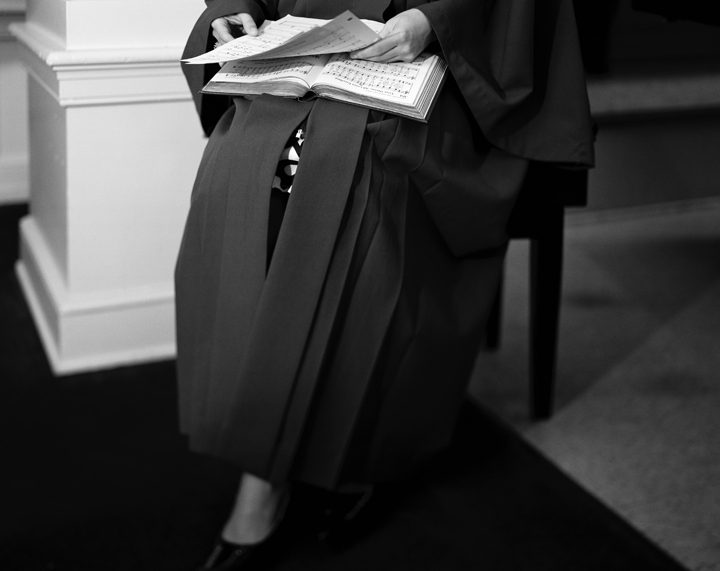 There’s a certain image associated with the great expression, “spinning plates.” I often picture a wobbly cartoon character attempting to balance multiple spinning items on every body part until, with the climax of the classical music accompaniment, they all come crashing down on top of him. Hopefully, that’s not how my life will unfold in the next few weeks.
There’s a certain image associated with the great expression, “spinning plates.” I often picture a wobbly cartoon character attempting to balance multiple spinning items on every body part until, with the climax of the classical music accompaniment, they all come crashing down on top of him. Hopefully, that’s not how my life will unfold in the next few weeks.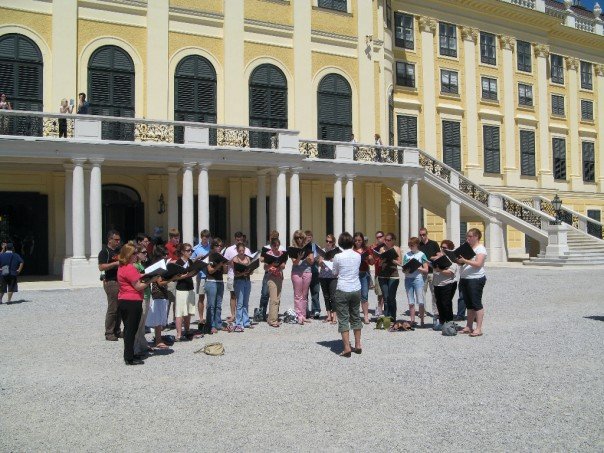 Recently, I had the opportunity to attend a choral workshop in western Massachusetts with Alice Parker. The soft-spoken, grey-haired woman dressed in bright colors had the room of 15 attendees mesmerized for two 3-hour sessions. You’d never know she was in her mid-eighties. In addition to reflecting on her experiences (her time at Juilliard and the opportunity to work with the great Robert Shaw), Alice spoke of the qualities that make music powerful and captivating.
Recently, I had the opportunity to attend a choral workshop in western Massachusetts with Alice Parker. The soft-spoken, grey-haired woman dressed in bright colors had the room of 15 attendees mesmerized for two 3-hour sessions. You’d never know she was in her mid-eighties. In addition to reflecting on her experiences (her time at Juilliard and the opportunity to work with the great Robert Shaw), Alice spoke of the qualities that make music powerful and captivating.




